Surgical Operating Scisssors Instruments
Precision surgical operating scissors made from high-quality stainless steel. Designed for clean and accurate cuts, these instruments are essential for medical procedures. Ideal for both professional use in healthcare settings and educational purposes.
Category: GENERAL SURGERY SCISSORS
Tags: Healthcare, HealthcareProfessionals, MedicalInstruments, MedicalSupplies, MedicalTools, OperatingRoom, PrecisionScissors, QualityCare, StainlessSteelScissors, SurgicalEquipment, SurgicalKit, SurgicalPrecision HealthcareEssentials, SurgicalScissors, SurgicalTools
Description
Surgical Operating Scissors Instruments: A Vital Tool in Modern Medicine
Surgical Operating Scisssors
Surgical operating scissors are among the most essential tools used in healthcare and surgery. These instruments are specifically designed for precision cutting during medical procedures. Whether used in general surgery, specialized operations, or even minor wound care, surgical scissors are indispensable for ensuring patient safety and successful outcomes. This guide explores the features, types, applications, and benefits of surgical operating scissors instruments in detail.
Key Features of Surgical Operating Scissors
- Durable Materials
Surgical operating scissors are typically crafted from high-quality stainless steel. This material is resistant to corrosion, easy to sterilize, and strong enough to maintain sharpness over extended use. Some scissors are enhanced with tungsten carbide inserts, making the blades even more durable and precise. - Variety in Blade Design
Surgical scissors come with various blade types, including straight, curved, and angled designs. These allow healthcare professionals to adapt the tool to specific needs during surgeries. Straight blades are ideal for cutting materials like sutures, while curved blades excel in delicate tissue dissection. - Ergonomic Handles
The design of surgical scissors often incorporates ergonomically shaped handles, providing surgeons with maximum comfort and control. This reduces hand fatigue during prolonged procedures, enabling precision and efficiency. - Fine Cutting Edges
The edges of surgical scissors are engineered to deliver clean and precise cuts. Sharp blades ensure that tissues are not crushed, promoting faster healing and minimizing damage. - Multiple Sizes
Depending on the surgical application, scissors are available in a range of sizes. Small scissors are typically used for detailed procedures such as eye or microsurgery, while larger scissors are suitable for cutting through thicker tissues or materials.
Common Types of Surgical Operating Scissors
- Dissecting Scissors
These are used for cutting and separating tissues. Mayo and Metzenbaum scissors are popular examples in this category, ideal for different tissue densities. - Suture Scissors
Designed to cut sutures, these scissors are sharp and efficient, allowing for clean suture removal with minimal patient discomfort. - Bandage Scissors
Featuring a blunt tip, bandage scissors are used to safely cut dressings without injuring the patient. - Iris Scissors
These small, fine scissors are often used in ophthalmic or cosmetic surgeries for precise, delicate cutting. - Utility Scissors
These are multipurpose scissors commonly used for cutting non-biological materials, such as gauze or tubing, in surgical environments.
Applications of Surgical Operating Scissors
Surgical operating scissors are used in various medical settings, including:
- General Surgery: Cutting soft tissue, ligaments, or sutures.
- Emergency Medicine: Rapidly removing clothing or bandages.
- Plastic Surgery: Precision cutting for cosmetic or reconstructive procedures.
- Veterinary Medicine: For animal surgeries requiring delicate tissue handling.
- Minor Procedures: Trimming dressings, cutting medical tape, or preparing surgical sites.
Benefits of Surgical Operating Scissors
- Precision and Accuracy
High-quality scissors allow surgeons to execute accurate cuts with minimal force, essential for reducing tissue trauma. - Versatility
Available in various designs, surgical scissors cater to a wide range of medical and surgical needs. - Safety Features
Rounded or blunt tips on some scissors ensure patient safety by preventing accidental injury during procedures. - Durability
Constructed from stainless steel or other robust materials, surgical scissors withstand repeated sterilization without losing their effectiveness.
Care and Maintenance of Surgical Scissors
To ensure longevity and optimal performance, proper care is essential:
- Cleaning: Scissors should be cleaned immediately after use to remove blood and tissue.
- Sterilization: Use autoclaves or other approved sterilization methods to maintain hygiene.
- Inspection: Regularly check for dull edges or damage, and sharpen blades as needed.
- Storage: Store scissors in a dry, clean environment to prevent rust or contamination.
Conclusion
Surgical operating scissors instruments are a cornerstone of modern medical practice. Their versatility, durability, and precision make them indispensable across various medical specialties. By investing in high-quality surgical scissors and maintaining them properly, healthcare professionals can ensure reliable performance for years to come, enhancing patient outcomes and procedural efficiency.
Reviews (0)
Be the first to review “Surgical Operating Scisssors Instruments” Cancel reply
Shipping & Delivery


MAECENAS IACULIS
Vestibulum curae torquent diam diam commodo parturient penatibus nunc dui adipiscing convallis bulum parturient suspendisse parturient a.Parturient in parturient scelerisque nibh lectus quam a natoque adipiscing a vestibulum hendrerit et pharetra fames nunc natoque dui.
ADIPISCING CONVALLIS BULUM
- Vestibulum penatibus nunc dui adipiscing convallis bulum parturient suspendisse.
- Abitur parturient praesent lectus quam a natoque adipiscing a vestibulum hendre.
- Diam parturient dictumst parturient scelerisque nibh lectus.
Scelerisque adipiscing bibendum sem vestibulum et in a a a purus lectus faucibus lobortis tincidunt purus lectus nisl class eros.Condimentum a et ullamcorper dictumst mus et tristique elementum nam inceptos hac parturient scelerisque vestibulum amet elit ut volutpat.
Related products
10pcs/set Adult Tooth Extracting Forceps Dentistry Tool, 7pcs/set Surgical Children Teeth Extraction Forcep Dental tools
Blunt Dressing Scissor, 5.5 Inch, 1.45 Ounce
Cooley Suction Tube 30cm
GENERAL SURGERY, GENERAL SUCTION TUBES, GENERAL SURGERY INSTRUMENTS SET LIST, GENERAL SURGERY SCISSORS, ENT INSTRUMENTS, MICRO LARYNGOLOGY INSTRUMENTS, PLASTIC SURGERY INSTRUMENTS, SUCTION TUBES
Rizbain Surgical is the best leading Manufacturer and Supplier of Excellent Quality Suction Tubes, such as Frazier Suction Tubes, Frazier (Fergusson) Suction Tubes, Pool Suction Tubes, Yankauer Suction Tubes, Cooley Suction Tubes, Adson Suction Tubes. All these Instruments are made with Surgical Graded Steel as per International standards.
Cooley Suction Tube 31cm
GENERAL SURGERY, GENERAL SUCTION TUBES, GENERAL SURGERY INSTRUMENTS SET LIST, GENERAL SURGERY SCISSORS, ENT INSTRUMENTS, MICRO LARYNGOLOGY INSTRUMENTS, PLASTIC SURGERY INSTRUMENTS, SUCTION TUBES
Rizbain Surgical is the best leading Manufacturer and Supplier of Excellent Quality Suction Tubes, such as Frazier Suction Tubes, Frazier (Fergusson) Suction Tubes, Pool Suction Tubes, Yankauer Suction Tubes, Cooley Suction Tubes, Adson Suction Tubes. All these Instruments are made with Surgical Graded Steel as per International standards.
Deaver Operating Scissors 14cm
Rizbain surgical provides a wide variety of surgical scissors. One of which is Busch Umbilical Scissors. These are gynecological scissors used to grasp the umbilical cord after birth. Their strategic angle makes them an ideal tool for the dissecting procedure. These surgical scissors have an ergonomic design for better control. They consist of a pair of premium-grade sharped blades with stainless steel material, joined with the pin. Their premium quality blades make them different from any other brand of surgical scissors.

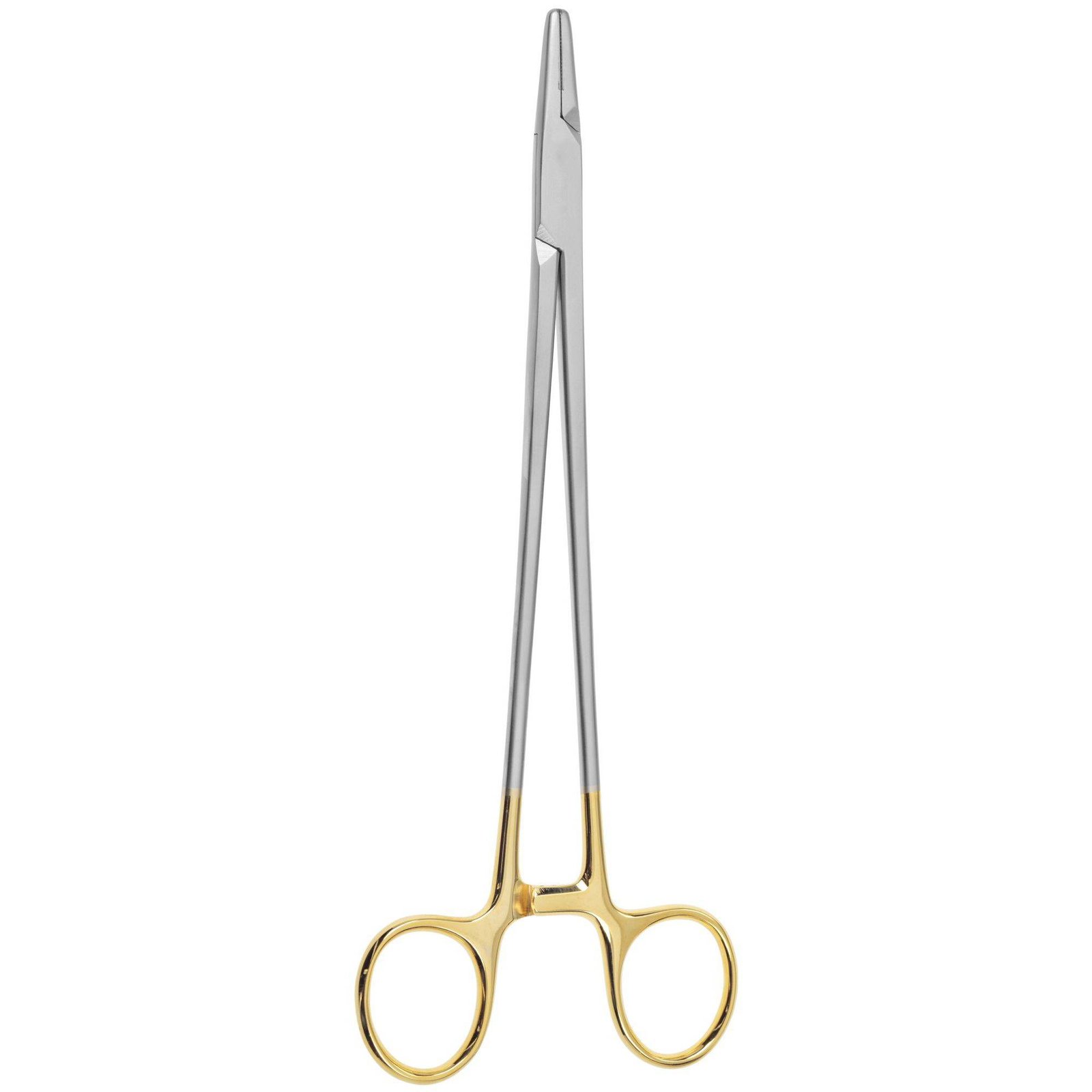
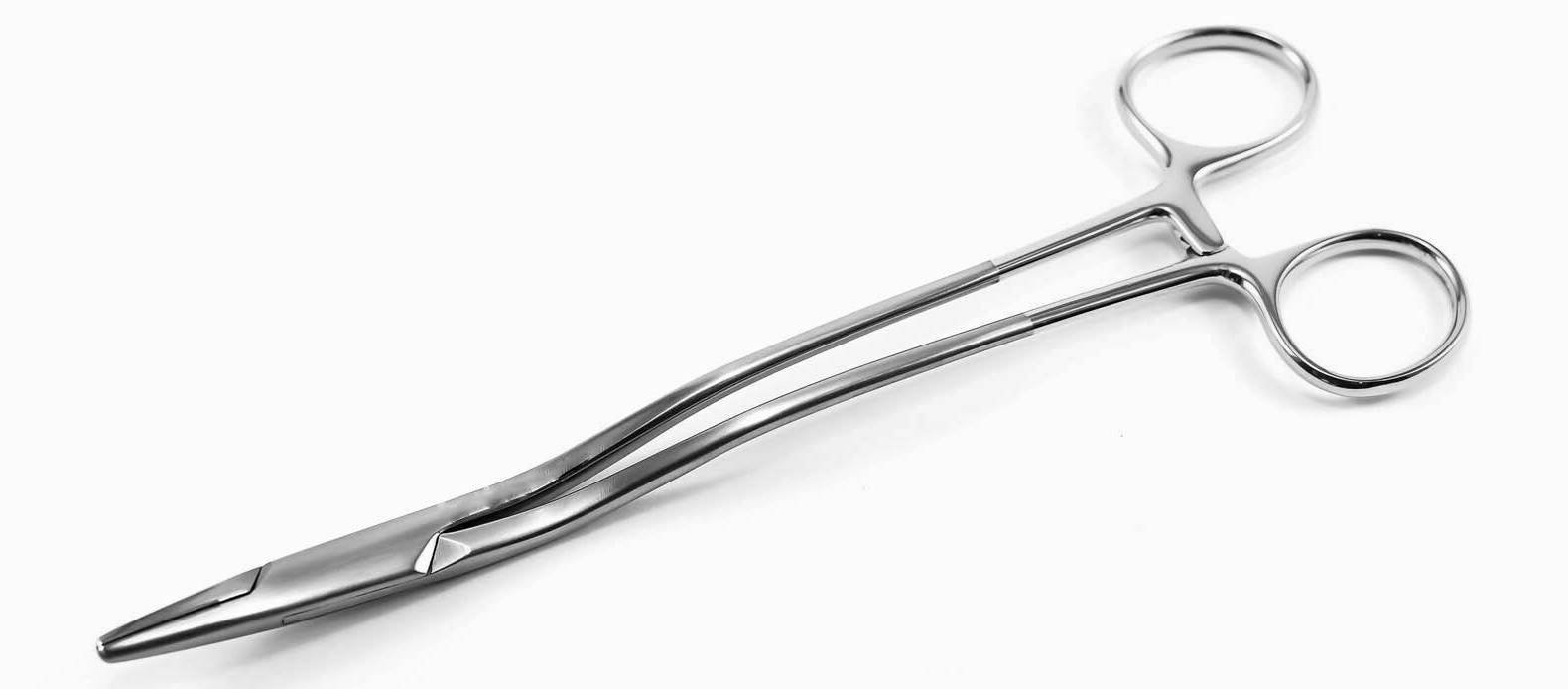
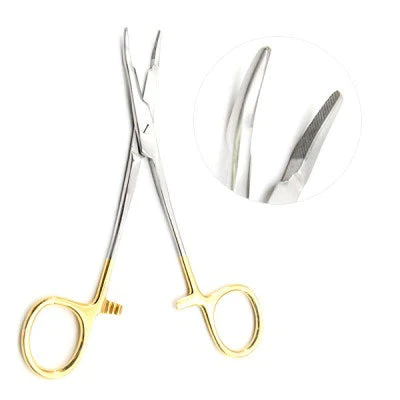

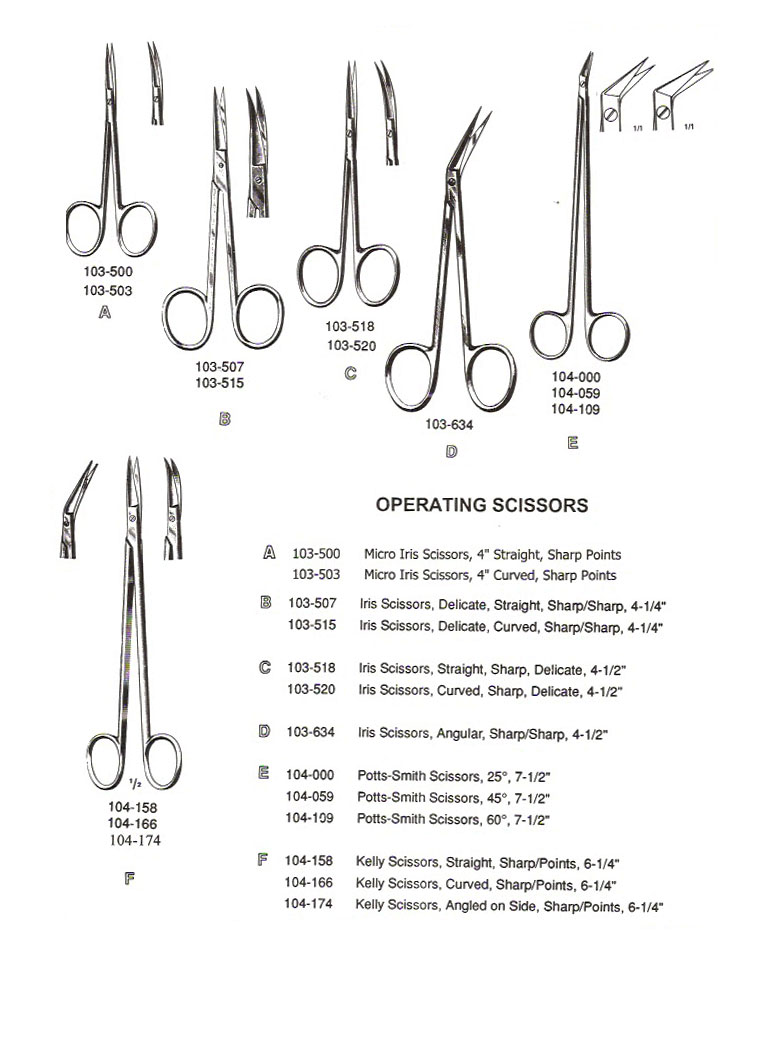

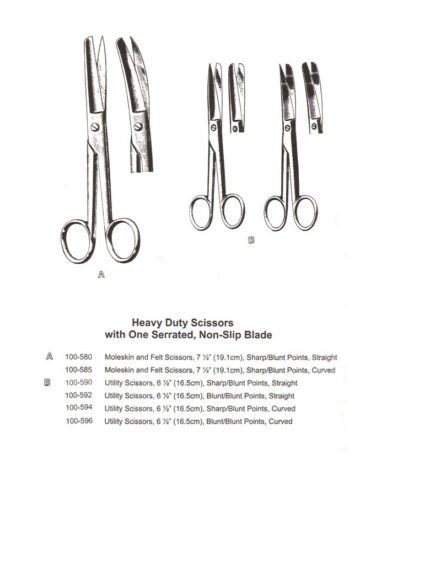

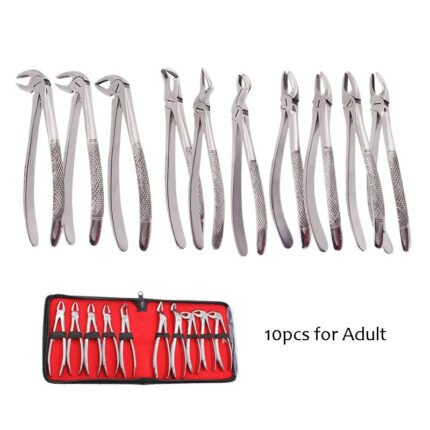
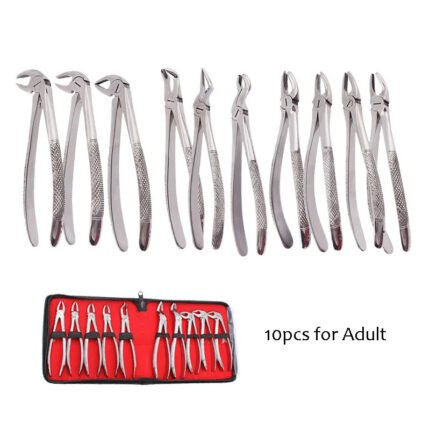
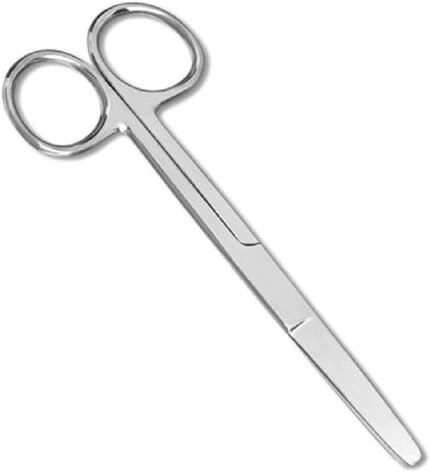

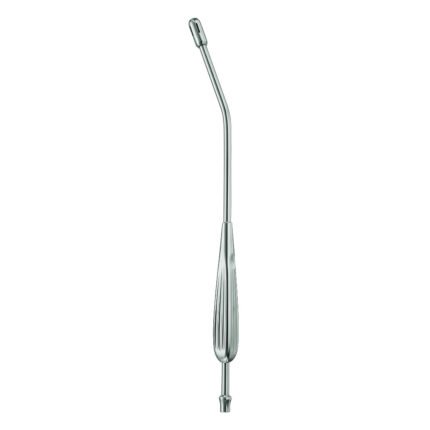
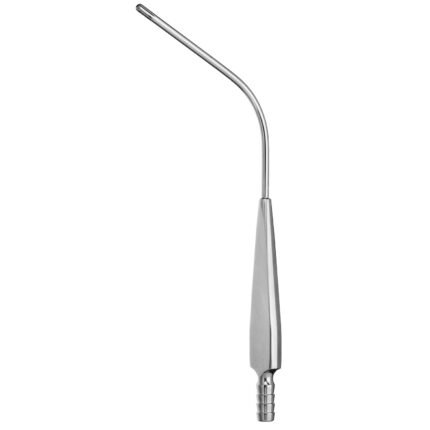
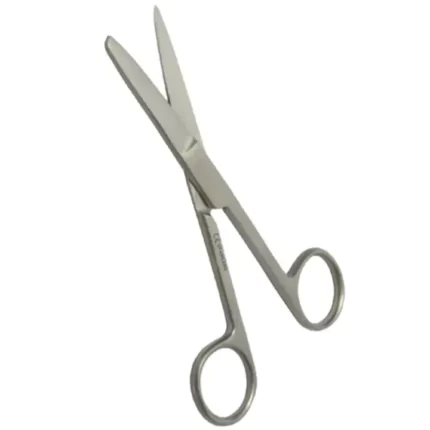

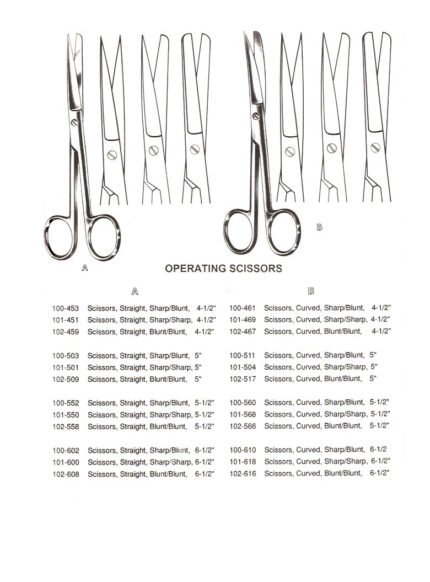
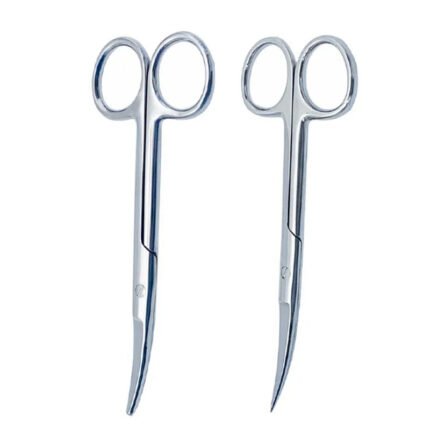
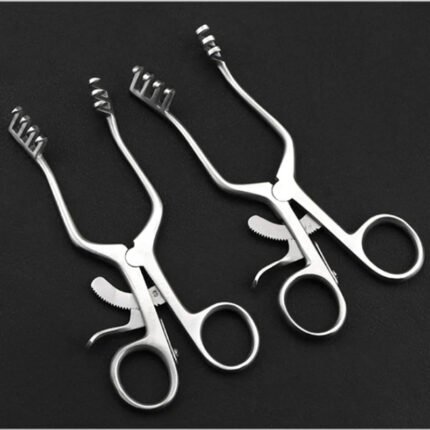

Reviews
There are no reviews yet.